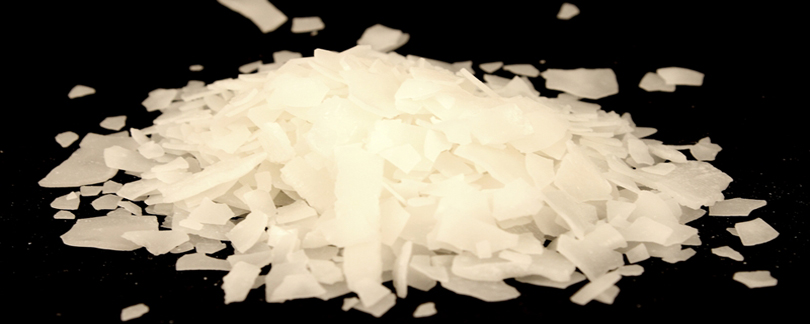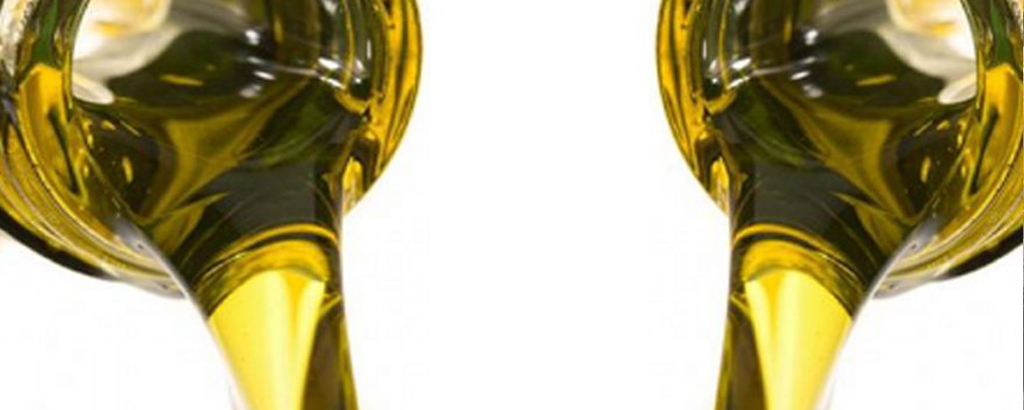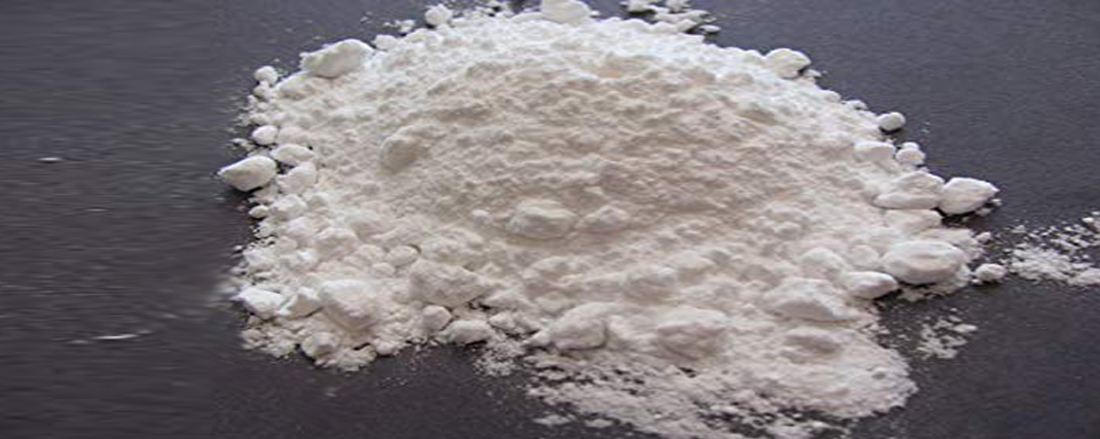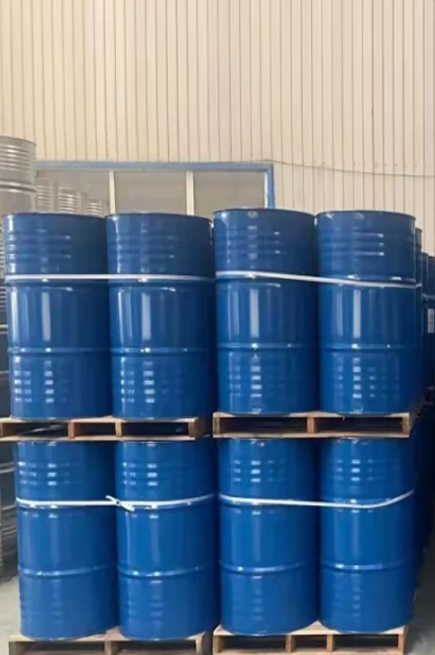Salt inhibited with the corrosion inhibitor resulting corrosion protection, as well as efficient heat transfer. Heat Transfer Salt with the increased use of high-temperature operations, the chemical and petroleum process industries need an economical, efficient, heat transfer medium
Why use Heat Transfer molten salts?
Heat Transfer Salt extend the upper range of the temperature limits in which a liquid heat transfer media can be used.
Temperature Range of Heat Transfer Salt?
Molten Salt ( The sodium nitrate/potassium nitrate salt ) Can Operate generally is used from 545 to 1049°F (285 to 565°C)
Benefit of Heat Transfer Salt Generally, nitrate salts provide a balance of wide operating range, thermal stability, corrosion performance and cost.
Advantage of the nitrate salts is corrosion performance . Nitrate salts are compatible with stainless steels up to 1049°F (565°C) and even carbon steel if the operating temperature is kept below 752°F (400°C). This makes them advantageous to use with common materials of construction to keep costs low. It is not advised to use yellow metals such as copper or brass with molten salts because they are not as compatible as steel at higher temperatures.
Now a days Uses of Molten Salts as a Heat Transfer Fluid and Thermal-Storage Medium is common. One of the most commonly used molten salts is a eutectic blend of sodium nitrate and potassium nitrate.
Heat Transfer salts contains Nitrate are stable and have low toxicity, but they are oxidizers. In the presence of fire or open flames, they can break down and liberate oxygen, providing a fuel source for the flame. Molten nitrate salts should be kept away from open flame, sparks and other sources of ignition. If proper precautions are taken, the salts should not pose any hazards.





